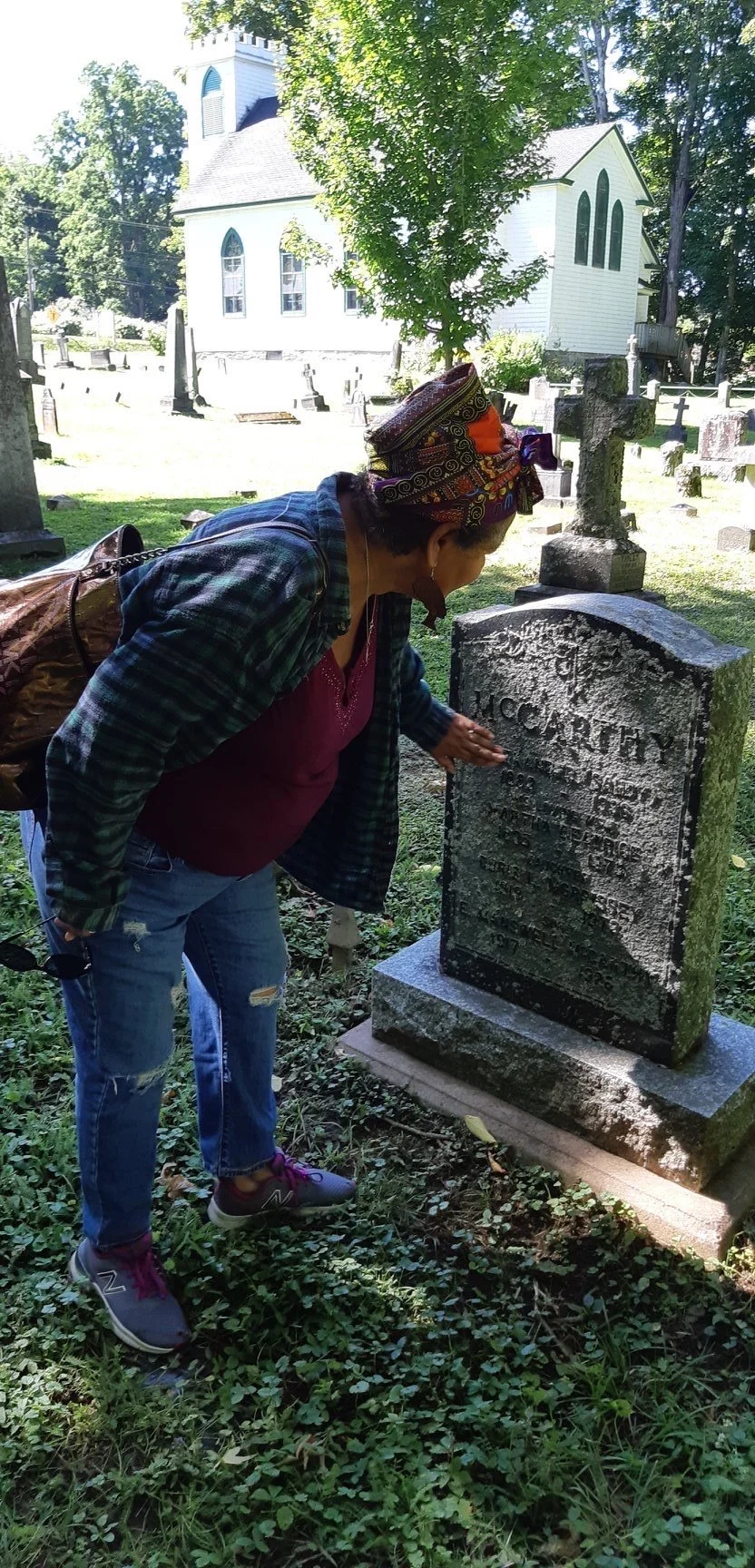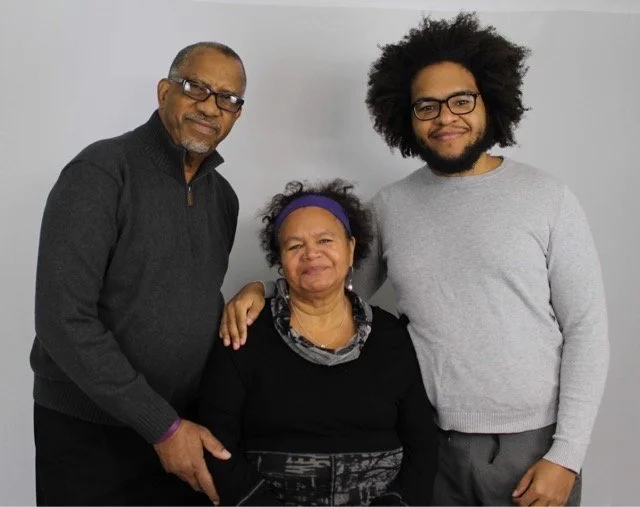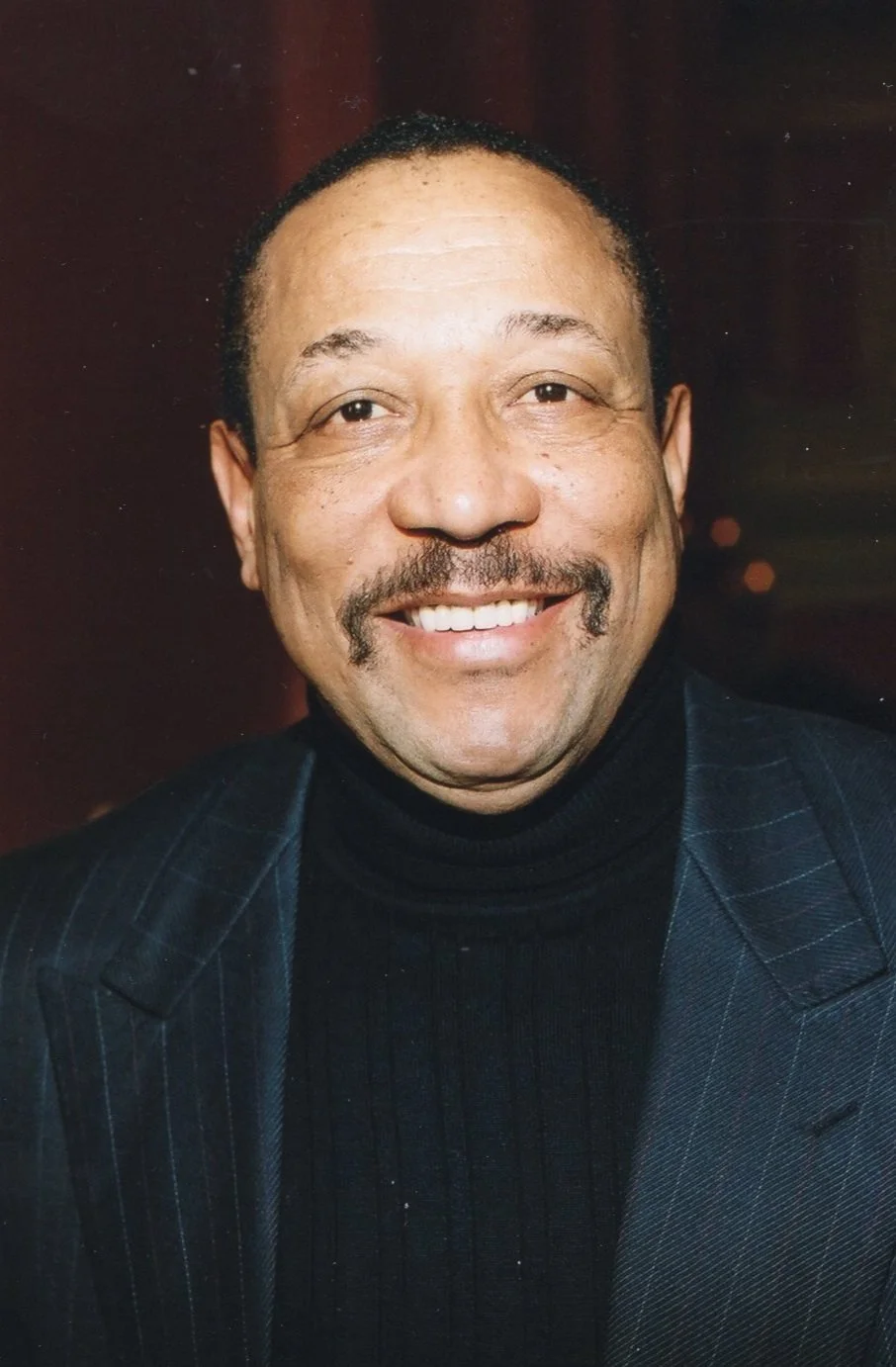Historian Mary McCarthy-Brandt cares for her ancestors and Black Loyalists graves
January 24, 2022
Black graveyards were a major part of Mary Louise McCarthy-Brandt studies when she decided to do her PhD.
The thesis, ‘Segregated in Life and Death: A Black Woman’s Critical Exploration and Narrative Account of Early African Descended Communities and Graveyards in New Brunswick’, was successfully defended in December 2020.
“I have always felt our elders need to be respected both in life and death,” McCarthy-Brandt said. “In our cemeteries here, a lot of Blacks and other visible minorities were all kept at cemeteries’ borders. In some cases, Blacks were placed at the end of cemeteries in hills and the wards going down a mountain. They were not given the same respect as the White graves.”
In the small rural community of Keswick Ridge, she tends to a graveyard that is the final resting place for many Black Loyalists and her ancestors. She also advocated for a new memorial stone at the Kingsclear Kilburn Community Cemetery where the graves of nearly 70 Blacks were not relocated when the Mactaquac Dam was built in the 1960s.
“When the water level raised after the dam became operable, those graves were sunk almost 200 feet under water,” the New Brunswick Black History Society first female Black president said. “What we want is a public apology for my ancestors and I have started e-mailing politicians looking for that.”
McCarthy-Brandt chairs a new organization, REACH NB (Remembering Each African Cemeteries History in New Brunswick), which is collaborating with the provincial archives to locate and document forgotten and abandoned gravesites and tell their stories and histories.
Mary Louise McCarthy-Brandt tends an ancestor grave at St. Peter’s cemetery in Fredericton (Photo contributed)
The group, she said, has applied for grants to buy software that will allow for the mapping of New Brunswick, locating forgotten historical Black towns, churches, schools and cemeteries.
REACH NB is also contributing to a project developing Black Canadian History for schools in the country.
Last year, the Canadian government made a significant investment in African Canadian History Education.
Just over $1 million, which is the largest financial contribution ever made by the Canadian History Fund, will support Dalhousie University’s three-year project, ‘A Black People’s History of Canada’.
Where did McCarthy-Brandt’s interest in Black History come from?
“I am not sure,” she casually said. “It is just something that has always been in my little soul. I am the middle child of nine and I always felt validated when I was around family and elders. Also, my mom was the eldest of 13 children and her younger siblings were always in our home. I just learned early on the importance of family and multi-generation and how we all can support each other.”
It didn’t help that McCarthy-Brandt wasn’t exposed to much Black History in elementary and high school.
“There was a bit of American History taught that talked about the Underground Railroad and how there was a saviour that led the enslaved people,” she noted. “It didn’t tell the full story of the early Black settlers who came to New Brunswick. I can date myself back to the 1700s where one of my grandmothers came from Virginia. I have deep roots here. Unlike my other siblings, Miss Mary always wanted to know more about her history and genealogy.”
In the late 1970s McCarthy-Brandt came to Toronto to pursue employment opportunities.
Her only child, Thandiwe McCarthy who is a spoken word artist, was born in 1987 and she enrolled in York University’s Sociology program. The then single mom moved back to the East Coast in 1991 and completed her first degree through distance learning.
Finishing a Master’s degree in Critical Studies in 2007 while working full-time with the New Brunswick government as an Employment Counsellor, she did her PhD. at the University of Toronto Ontario Institute for Studies in Education.
“I did the doctorate because I had a story to tell about my ancestors segregated graves, their history and my contributions to the province of New Brunswick,” she said. “I remember people at the university asking if I am sure I knew what I was doing, but I was determined to tell the story of people who contributed to the building of their province and were harshly treated. That wasn’t acceptable.”
While residing in Toronto for 10 months at the start of the doctorate that took a decade to complete, McCarthy-Brandt was racially profiled while shopping at a Shoppers Drug Mart.
At the downtown store to buy mouthwash in May 2011, she reached into her knapsack to retrieve a label a co-worker had given her from a product she recommended. A store employee demanded she open the bag before proceeding to rifle through it in front of customers.
Without an apology from the employee or the store, McCarthy-Brandt filed a complaint with the Ontario Human Rights Tribunal.
“I was wrongly treated,” she pointed out. “I have every right to go into a store and shop without being harassed. The employee, who was a racialzed woman, treated me like dirt under her nails. There was no way I was going to allow her to get away with that. I have this level of advocacy in my brains that says we all need to be treated equally.”
After four-and-a-half years travelling between Toronto and New Brunswick, McCarthy-Brandt was awarded $8,000.
The injustice she faced brought back memories of the racism her late father was subjected to while in the Canadian military.
Mary Louise McCarthy-Brandt with her son Thandiwe McCarthy and husband Barrington Brandt (Photo contributed)
Recruited at age 16 in the early 1940s by the Royal New Brunswick Regiment (York/Carleton), Arthur McCarthy was dispatched to Halifax to formalize the employment and train.
“While at a barbershop, the hairdresser refused to touch my dad’s hair,” recalled McCarthy-Brandt who was featured in the September 2020 issue of Chatelaine as one of 33 Black women in Canada leading the fight against systemic and anti-Black racism. “The guy said he didn’t do Negroes in his shop. When my father informed his superiors what had happened, a White officer took him back and told the barber he was a military cadet and he would have to cut his hair like everyone he sends to him or else no other military personnel would cut their hair at that store.”
Wounded in Italy during the Second War, McCarthy died in 1984. His wife, Althea McCarthy, passed away 13 years ago. Their grandson, Sandy McCarthy, played 11 seasons in the National Hockey League.








